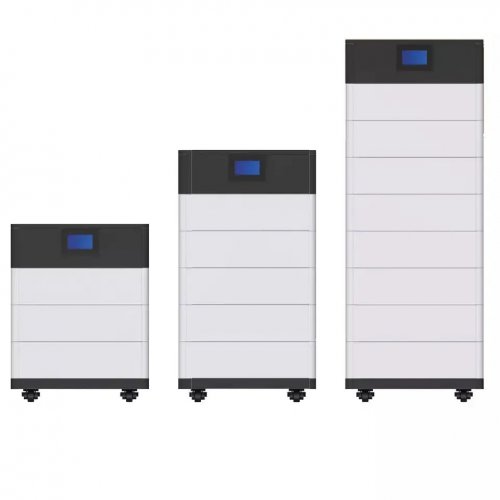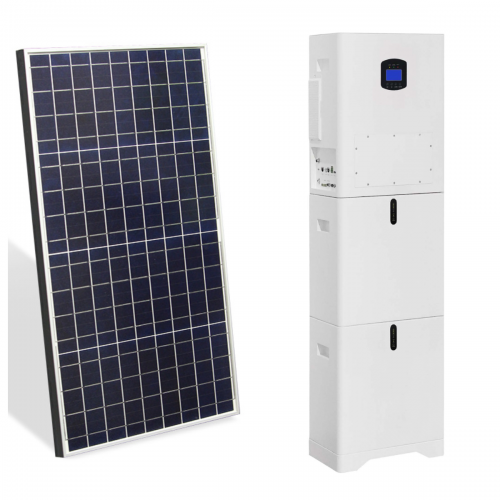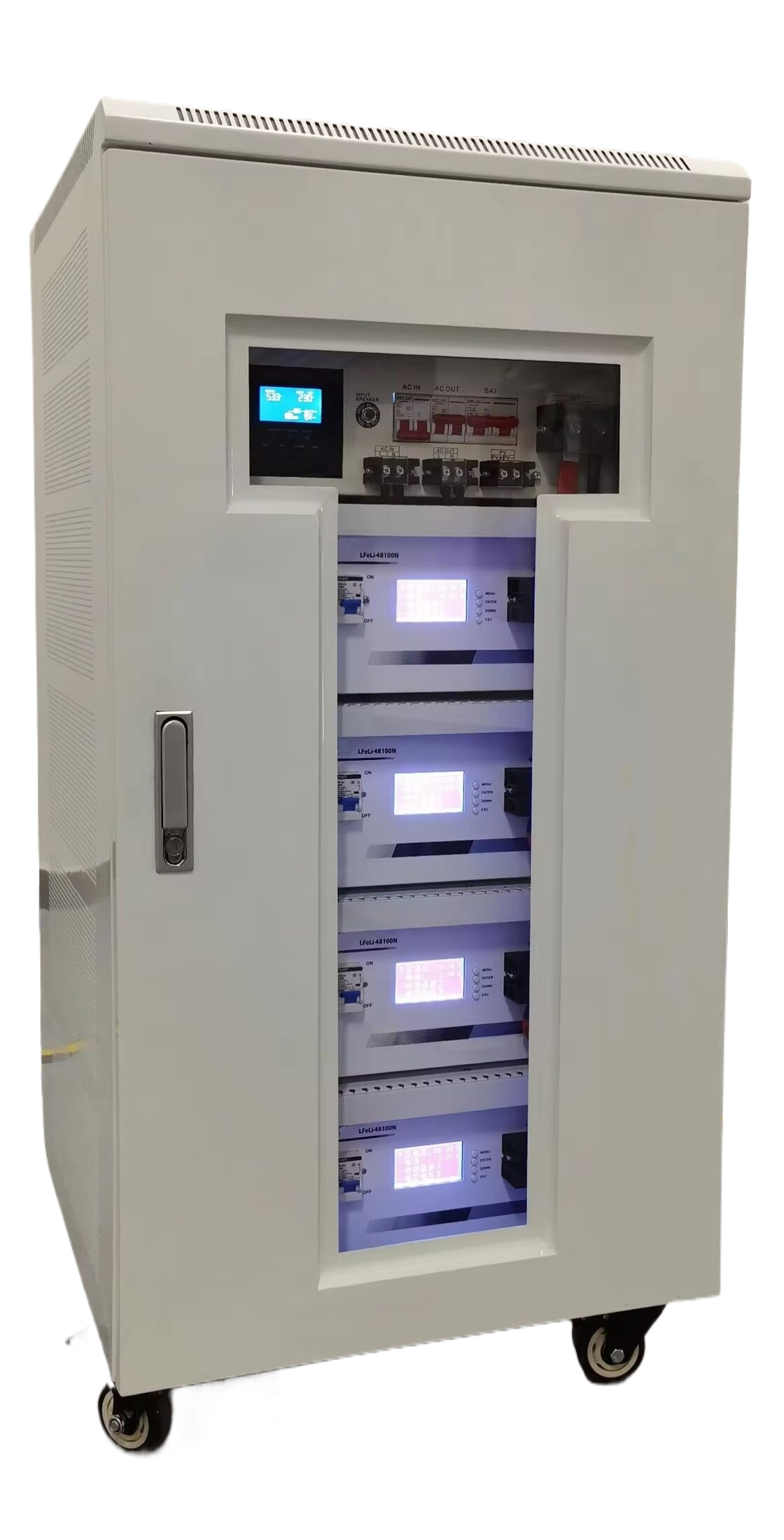Advances In Solid-state Electrolytes: From Material Innovations To Commercial Viability
The relentless pursuit of safer, higher-energy-density batteries has positioned solid-state electrolytes (SSEs) at the forefront of next-generation energy storage research. Replacing flammable organic liquid electrolytes with non-flammable, solid alternatives promises to mitigate safety hazards while enabling the use of high-capacity lithium metal anodes. Recent years have witnessed remarkable progress in understanding fundamental material properties, synthesizing novel compounds, and engineering interfaces, bringing solid-state batteries (SSBs) closer to commercialization.
Material Innovation and Ionic Conductivity Breakthroughs
The primary historical challenge for SSEs has been achieving ionic conductivity comparable to liquid electrolytes (≈10⁻² S cm⁻¹ at room temperature). Significant strides have been made across the main material classes: oxides, sulfides, and halides.Oxide-based SSEs: Materials like garnet-type Li₇La₃Zr₂O₁₂ (LLZO) and perovskite-type Li₃ₓLa₂/₃⁻ₓTiO₃ (LLTO) are renowned for their excellent electrochemical stability and high mechanical strength. Recent research has focused on doping strategies and processing techniques to enhance their performance. For instance, Ta-doped LLZO has demonstrated conductivities exceeding 10⁻³ S cm⁻¹. A key innovation involves creating composite electrolytes by integrating oxide fillers (e.g., LLZO nanoparticles) into polymer matrices. This approach combines the high conductivity of the ceramic with the flexible processability of polymers, improving interfacial contact. Work by Hu et al. (2022) showed that a poly(ethylene oxide)/LLZO composite electrolyte effectively suppressed lithium dendrite growth and maintained stable cycling over 1000 hours.Sulfide-based SSEs: Sulfide electrolytes, such as Li₁₀GeP₂S₁₂ (LGPS) and argyrodites (Li₆PS₅Cl), have emerged as top contenders due to their exceptionally high ionic conductivity, some exceeding 10⁻² S cm⁻¹, and favorable mechanical properties (they are softer, enabling better cold-pressing into dense pellets). The latest breakthroughs involve compositional engineering to improve stability. Replacing germanium with more abundant and cheaper elements like tin or silicon has been a focus. Furthermore, the discovery of new structural families, such as the chlorine-rich argyrodite Li₅.₅PS₄.₅Cl₁.₅, reported by Adeli et al. (2019), achieved a high conductivity of 25 mS cm⁻¹ at room temperature, rivaling liquids. However, challenges remain regarding their sensitivity to moisture and instability against lithium metal.Halide SSEs: A newer class of SSEs, halogen-based compounds (e.g., Li₃YCl₆, Li₃YBr₆), has recently gained attention. These materials offer a compelling combination of high ionic conductivity (≈10⁻³ S cm⁻¹), good oxidative stability (compatible with high-voltage cathodes), and better moisture stability than sulfides. Research led by Asano et al. (2018) revitalized interest in this class. Recent studies, such as those by Liang et al. (2021), have explored doping strategies to further enhance the conductivity of halide SSEs, making them a promising candidate for use with high-voltage cathode materials like LiCoO₂ and NMC811.
Conquering the Interfacial Challenge
Perhaps the most critical area of progress has been in understanding and mitigating interfacial issues. Two main problems plague SSBs: high interfacial resistance and lithium dendrite propagation.
The rigid solid-solid contact between the electrolyte and electrodes leads to high impedance. Researchers are tackling this through novel engineering solutions. These include designingin-situpolymerized soft interfaces that conform to electrode surfaces, applying thin interfacial coating layers on cathode particles (e.g., LiNbO₃ on NMC), and using isostatic pressing during cell fabrication to ensure intimate contact. A promising study by Wang et al. (2023) utilized an ultrathin silane-based coupling layer between a LiNi₀.₈Mn₀.₁Co₀.₁O₂ (NMC811) cathode and a sulfide electrolyte, which drastically reduced interfacial resistance and enabled stable high-voltage cycling.
The mechanism of lithium dendrite growth through SSEs, once thought to be a problem only in liquids, is now a major research focus. Dendrites can propagate through grain boundaries, pores, or soft spots in the electrolyte, causing short circuits. Advances inoperandoimaging and spectroscopy techniques have been crucial in visualizing this phenomenon. In response, solutions are being developed, such as designing multilayer electrolyte architectures with a dense, dendrite-blocking layer adjacent to the lithium anode. Furthermore, incorporating alloyable interlayers (e.g., Au, Si) has been shown to improve lithium wettability and promote uniform plating/stripping.
Future Outlook and Challenges
The trajectory of SSE research is increasingly focused on bridging the gap from laboratory-scale breakthroughs to commercial manufacturing. Future efforts will need to address several key challenges:
1. Scalable and Cost-Effective Manufacturing: Developing low-energy, atmospheric processing methods for sulfides and halides is essential to reduce costs. Techniques like solution processing and roll-to-roll manufacturing for thin SSE films are critical areas for development. 2. Interface Engineering: The quest for perfect, low-resistance, and electrochemically stable interfaces will continue.In-situformation of stable interphases, perhaps through clever electrolyte design that creates a self-limiting passivating layer, is a highly sought-after goal. 3. Mechanistic Understanding: Deepening the fundamental understanding of ion transport mechanisms, especially across grain boundaries and interfaces, and the precise mechanics of dendrite initiation and growth will guide material design. 4. All-Solid-State System Integration: Research must evolve from testing individual components to optimizing the full cell. This includes engineering the cathode composite to ensure continuous ion-conducting pathways and developing stress-management strategies to accommodate volume changes during cycling.
In conclusion, the field of solid-state electrolytes is experiencing a period of rapid and exciting advancement. The development of highly conductive new materials, coupled with sophisticated strategies to tame interfacial instability, has transformed the prospect of all-solid-state batteries from a distant dream into a tangible goal. While significant hurdles in manufacturing and long-term stability remain, the collaborative efforts of chemists, material scientists, and engineers are steadily paving the way for a new, safer era of energy storage.
References:Adeli, P., et al. (2019). Boosting Solid-State Diffusivity and Conductivity in Lithium Superionic Argyrodites by Halide Substitution.Angewandte Chemie International Edition, 58(26), 8681-8686.Asano, T., et al. (2018). Solid Halide Electrolytes with High Lithium-Ion Conductivity for Application in 4 V Class Bulk-Type All-Solid-State Batteries.Advanced Materials, 30(44), 1803075.Hu, J., et al. (2022). In-situ formed polymer-in-ceramic electrolyte for solid-state lithium batteries.Energy Storage Materials, 45, 1-9.Liang, J., et al. (2021). A facile halogen substitution strategy for high-performance lithium argyrodite electrolytes with exceptional compatibility against cathode materials.Journal of the American Chemical Society, 143(42), 17564-17573.Wang, S., et al. (2023). An ultrathin silane-based coupling layer enabling superior performance of sulfide-based all-solid-state batteries.Nature Communications, 14, 1297.
Customized/OEM/ODM Service
HomSolar Supports Lifepo4 battery pack customization/OEM/ODM service, welcome to contact us and tell us your needs.


HomSolar: Your One-stop LiFePO4 Battery Pack & ESS Solution Manufacturer
Our line of LiFePO4 (LFP) batteries offer a solution to demanding applications that require a lighter weight, longer life, and higher capacity battery. Features include advanced battery management systems (BMS), Bluetooth® communication and active intelligent monitoring.

Customised Lithium Iron Phosphate Battery Casing
ABS plastic housing, aluminium housing, stainless steel housing and iron housing are available, and can also be designed and customised according to your needs.

HomSolar Smart BMS
Intelligent Battery Management System for HomSolar Energy Storage System. Bluetooth, temperature sensor, LCD display, CAN interface, UART interface also available.


Terminals & Plugs Can Be Customized
A wide range of terminals and plugs can be customised to suit the application needs of your battery products.

Well-designed Solutions for Energy Storage Systems
We will design the perfect energy storage system solution according to your needs, so that you can easily solve the specific industry applications of battery products.



About Our Battery Cells
Our energy storage system products use brand new grade A LiFePO4 cells with a battery lifespan of more than 4,000 charge/discharge cycles.



Applications in Different Industries
We supply customized & OEM battery pack, assemble cells with wiring, fuse and plastic cover, all the cell wires connected to PCB plug or built BMS.
Applications: E-bike, Electric Scooter, Golf Carts, RV, Electric Wheelchair, Electric Tools, Robot Cleaner, Robot Sweeper, Solar Energy Storage System, Emergency Light, Solar Power Light, Medical Equipment, UPS Backup Power Supply.
We can provide you with customized services. We have the ability to provide a vertical supply chain, from single cells to pack/module and to a complete power solution with BMS, etc.


HomSolar (Shenzhen) Technology Co., Ltd
























